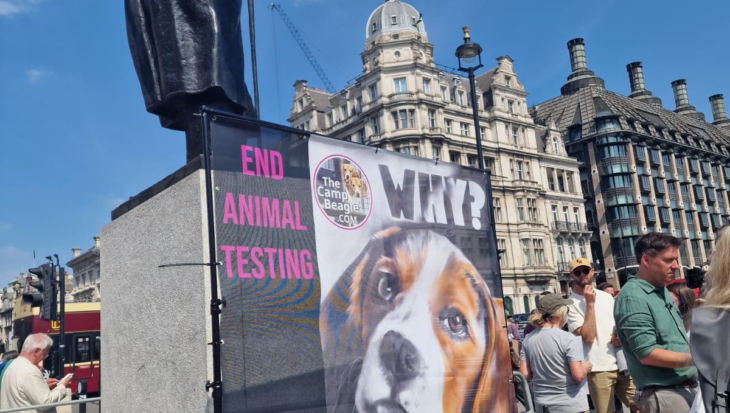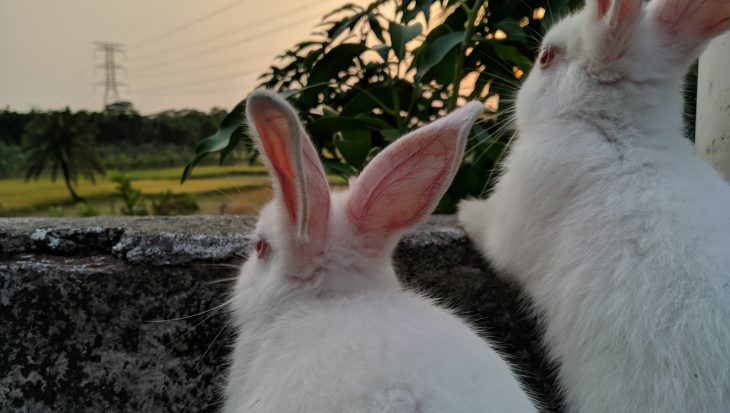The ground is thick with pheasants. Twenty birds scurry down a narrow lane in front of the car, a further 40 scratch in the hedgerows, and up to 250 mill about at the edge of a nearby wood. Fearless, fat and unwilling to fly even three feet out of the way, they could be caught by a lad with a butterfly net.
A few miles away in the Ceiriog valley on the Welsh border near Oswestry, the ground will soon be thick with men eager to see them falling out of the sky. October is the start of the 16-week pheasant shooting season and over the next few weeks a stream of rock stars, corporates, American tourists, London financiers and others wanting a sniff of Edwardian nostalgia or just a day in the woods will be heading to the steep-sided valleys of Mid Wales.
Only an Iraq war or a further fall in the international finance markets will prevent this year being pheasant shooting’s greatest year since its heyday in Edwardian times, according to the corporate entertainment agencies now taking bookings from between £400-£2,000 a day, plus up to £30 per pheasant kill.
In the past decade, thousands of farms have set up shoots and traditional sporting estates have greatly expanded. Killing pheasants is now believed to be Britain’s fastest growing participatory “sport”.
No-one knows the exact figures, but guesstimates by the industry and its critics suggest that some 36 million birds have been reared and released into woods this year. Of these, only a third are likely to be shot and fewer than half that number may be eaten. The rest will be taken by predators, catch diseases and die, or may be quietly buried in pits by shoots which can barely give the birds away.
Rock stars
“Everyone wants a go at pheasants,” says Michael Flavin, a Liverpool businessman who moved to the Cheshire countryside last year and started shooting. “Madonna, Ian Botham, Vinnie Jones, Bryan Ferry, Rory Bremner, Prince Harry, Marco Pierre White – they’re all at it.”
He has been invited to join a syndicate for £15,000 but is undecided. “It is a funny game. I don’t even eat them myself. I like the company but it must be the only sport in the world where an animal that costs a tenner to rear and for which someone pays up to £30 to kill, is worth nothing.”
“There has been a massive resurgence of interest in pheasant shooting,” says Christopher Graffius of the British Association for Shooting and Conservation (Basc), the sport’s largest regulatory body. “It’s popular because, frankly, it’s not the most challenging form of shooting, and it’s a way farmers can use their land to diversify.
“It’s very much a boy’s thing. Everyone talks about the companionship. There are a lot of young people shooting now. More kids than ever are exposed to clay shooting and charity shoots, then they want the real thing.”
One of the best shoots in the Ceiriog valley is said to be Lord Trevor’s, near Chirk. This is a medium-sized commercial shoot run on strict conservation lines, which goes out 15 days a year, refuses to take novice shooters and kills a maximum of 250 pheasants a day.
It’s nothing like some of the large shoots where up to 1,000 birds may be shot in a day and where 100 years ago, men like Lord Ripon could have three guns blazing in succession, allowing him to kill 28 pheasants in a minute and to have seven dead birds falling out of the sky at the same time.
“The further you get from London, the more traditional the shooting is,” Lord Trevor says. “You get everyone from stockbrokers to inherited wealth and local businesses. Some people are keen to learn about the trappings of wealth. We give them the full country house thing.
“Nearer London you get the stupid prices, people paying £2,000 a day. There you have the get-rich-quick boys, the international businessmen and corporate high-flyers. Here, we get farmers and businessmen from Cheshire or Manchester, but we’ve had both the rock stars and the new money.”
He declines to say how much he charges for a day out in his woods and fields, but the going rate is £500-£1,000 a day, and up to £25 for each bird shot.
As the sport expands, the grumbles become louder, with many communities near shooting estates complaining of disturbance and overstocking of animals. The charity Animal Aid is the industry’s leading critic and has, in the past, accused it of mass-producing birds to be shot for pleasure and not for the pot.
Yesterday it switched its attack to the industry’s finances and accused some pheasant rearers and syndicates of evading millions of pounds of taxes. Andrew Tyler of the charity has sent 40 cases of alleged non-payment of business taxes to the authorities. He claims the industry has convinced customs and excise that rearing the birds is “agricultural”, making it zero-rated for VAT purposes and not liable for business rates.
On the other hand, the Department of the Environment, Food and rural affairs (Defra) defines them as “primarily sporting” businesses, which means that they are exempt from the basic welfare laws that apply to all other farmed animals.
“They are exploiting a loophole. It’s not about individual villains but a muddle in government,” says Mr Tyler, who accuses many syndicates of failing to register for VAT even though their cash flow may be well over the the £55,000 threshold.
The BASC said it had received the information and was considering the evidence. “It’s a vexed tax issue. We are looking into this and will respond,” Mr Graffius says.
Meanwhile, Lord Trevor and others accept that there are cowboys and that practices have been less less than perfect.
“The temptation for estates is to get big fast. I freely admit that we pursued quite large-scale shooting for a while, but having tasted it, we found we disliked it. We got to a stage where it was almost monoculture. We are now going to reduce by a third the operation this year and by more next year.”
Born to be wild – and then shot
- Pheasants were introduced by the Romans. Commercial shooting began in the late 19th century. Up to 35 million birds are reared, but fewer than a third may be shot.
- The pheasant has come to be regarded as indigenous but few shoots now rely on wild birds.
- Six-week-old birds are released to the wild in July and August. It is legal to shoot them from October 1 but most estates start in late October.
- Large pheasant populations can inflict severe damage on hedgebanks and soil.
- There are more than 2,000 estates and farms where pheasant shooting takes place. The industry has an estimated annual turnover of £600m and employs 25,000 people.
- Prices range from about £400-£2,500 a day and from £20-£30 a bird. Many people form syndicates who rent days from landowners.

